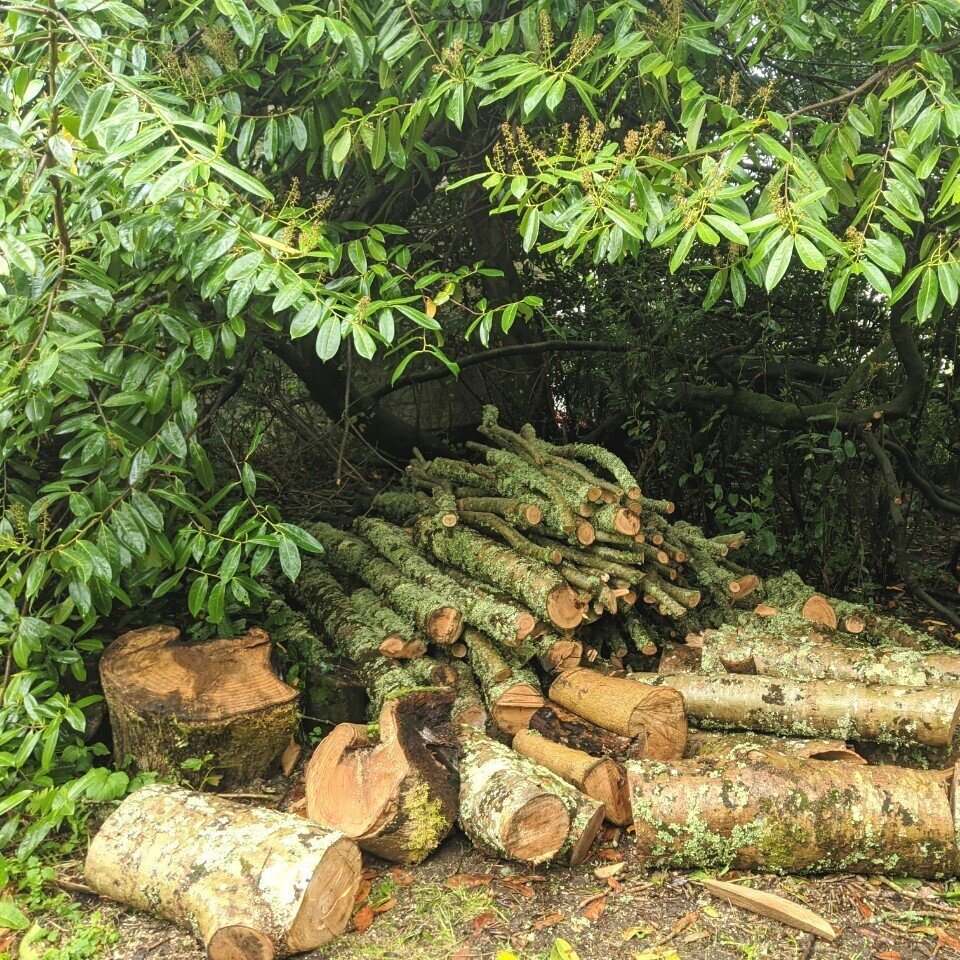
Helping ensure our woodlands survive, and thrive.
Woodland management services
Coppicing
Coppicing involves the periodic cutting back of trees and shrubs down to ground level, allowing new sprouts and stems to grow. This process rejuvenates trees, helping them to live for many years while also generating usable timber. Coppicing encourages the growth of woodland flowers and supports native wildlife by allowing light to reach the woodland floor.
Managing open areas
Open spaces and pathways in woodland areas often need maintenance to clear and preserve rides, glades and scallops. By doing this, sunlight, exposure and shelter combine to form woodland edge habitats encouraging high levels of species diversity.
Habitat creation
Waste branches and timber from coppicing and clearing offer amazing habitats for all manner of wildlife, from bats and birds to ground mammals, fungi and insects. By creating spot piles and windrows with waste timber and branches, you save money in waste removal while creating rich habitats.
Timber Harvesting & Extraction
Assorted works including: thinning, selective species felling and removal of wind-blown and dead and dangerous trees. Efficient timber extraction and waste transport.
We harvest timber using our Valtra Tractor with forestry crane and grab, timber trailer and winch set-up.
Our Low-impact 2.7t Excavator with forestry grab allows precision handling of timber, windrowing and spot piling of brash, while minimising ground impaction.
Invasive species control
Invasive species control in a woodland involves managing and reducing the presence of non-native plant species that threaten the health and biodiversity of the forest ecosystem. The plants are identified, an assessment is made on the extent of spread, control methods will then be employed to prevent further spread.
By implementing comprehensive invasive species control measures woodlands can be protected and restored promoting the health and resilience of forest ecosystems for the future.
Vegetation Management
Thick vegetation inhibits tree regeneration and limits wildlife habitats. Flailing and brush cutting are techniques used to manage and reduce the density of undergrowth in woodlands.
These techniques pulverise vegetation into small pieces. This reduces the height and density of undergrowth, allowing more light to reach the woodland floor. The cut vegetation then mulches, feeding the soil with nitrates.




